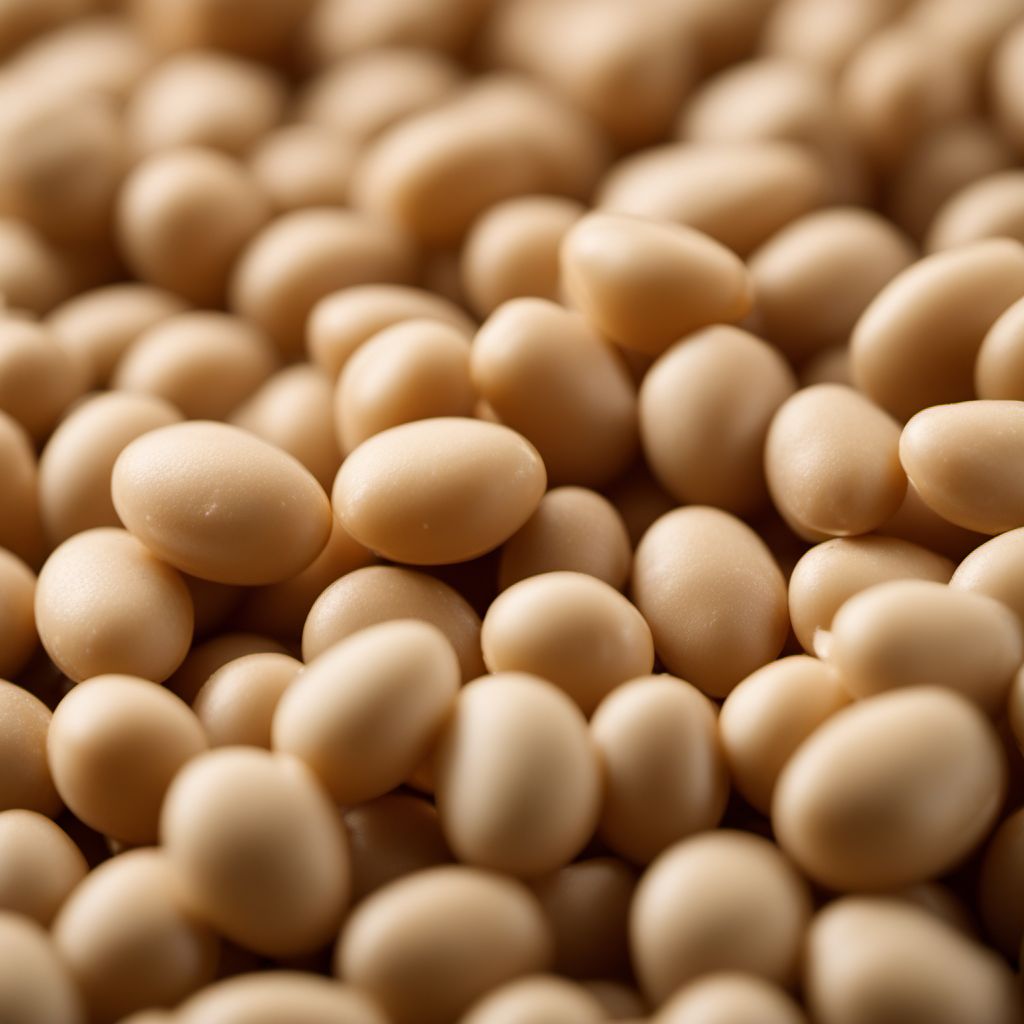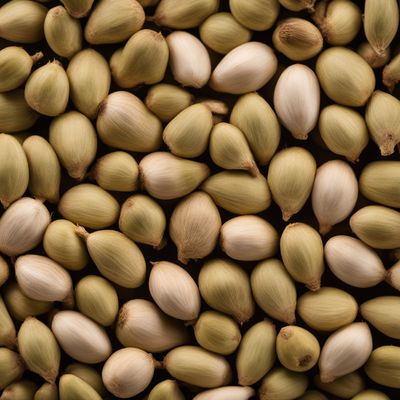
Ingredient
Soyabeans for oil
The Versatile Soybean: A Culinary Powerhouse
Soyabeans for oil are small, oval-shaped legumes with a pale yellow color and a smooth texture. They have a mild, nutty flavor and are commonly used in cooking, baking, and frying due to their high smoke point. These beans are rich in protein, healthy fats, and essential nutrients, making them a nutritious addition to any diet.
Origins and history
Soyabeans, also known as Glycine max, have been cultivated for thousands of years and are believed to have originated in East Asia. They have played a significant role in Asian cuisines, particularly in China, Japan, and Korea. Soyabeans have a long history of cultivation and have been used for various purposes, including oil production, tofu making, and as a source of protein in vegetarian diets.
Nutritional information
Soyabeans for oil are a nutrient-dense ingredient, packed with protein, healthy fats, and essential nutrients. They are an excellent source of plant-based protein, fiber, iron, and calcium. Additionally, they contain beneficial compounds like isoflavones, which have been associated with various health benefits.
Allergens
Soyabeans for oil may cause allergic reactions in individuals with soy allergies. It is important to read food labels carefully and avoid consuming products that contain soy if you have a soy allergy.
How to select
When selecting soyabeans for oil, look for beans that are plump, firm, and free from mold or damage. Avoid beans that are discolored or have a rancid smell. Opt for organic or non-GMO varieties if possible to ensure the highest quality and avoid potential pesticide residues.
Storage recommendations
To maintain the freshness and quality of soyabeans for oil, store them in an airtight container in a cool, dry place. Avoid exposure to heat, moisture, and sunlight, as these can cause the beans to spoil or become rancid. Proper storage can help extend their shelf life for up to a year.
How to produce
Soyabeans can be grown in a variety of climates, but they thrive in warm, temperate regions. They require well-drained soil and full sun exposure. With proper care and maintenance, soyabeans can be grown in a home garden or small-scale farm.
Preparation tips
Soyabeans for oil can be used in a variety of dishes and cuisines. They are commonly used to make soybean oil, which is a popular cooking oil due to its high smoke point and neutral flavor. Soyabeans can also be used to make tofu, soy milk, and various soy-based products. Additionally, they can be cooked and added to soups, stews, stir-fries, salads, and grain bowls for added protein and texture.
Availability
China, United States, Brazil, Argentina, India


